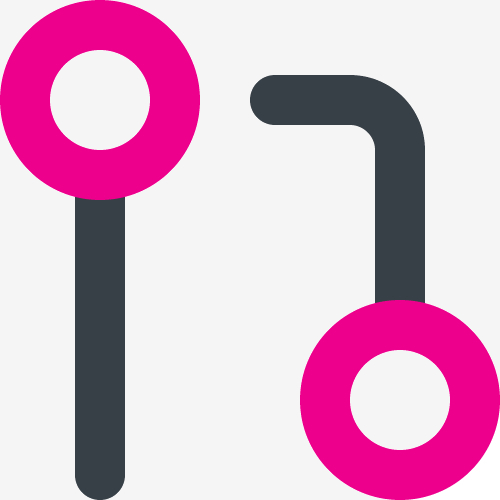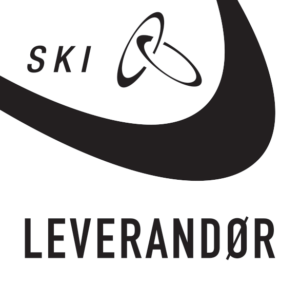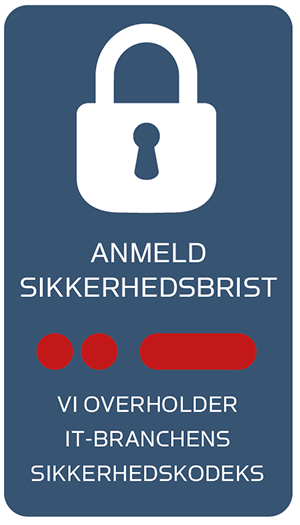Automation of processes and workflows is ensured by the reuse and exchange of data between IT systems. The framework architecture is the overarching method that ensures that the technical and economic grip that municipalities are trapped in, is loosened. The adoption of standards, open cuts and a loosely coupled IT architecture ensures that there are no dependencies for specific vendors. . The ability to manage your own IT landscape becomes a reality.
OS GIR is just one of Magenta’s products that supports the common public framework architecture and offers entirely new possibilities for automation in your community.
Benefits of the framework architecture:
- Provides the ability to replace systems and vendors by eliminating technology dependencies
- Ensures that you only need to enter data once
- Synchronizes data across systems
- OIO standardizes data
OS GIR and LoRa – Examples for the implementation of the framework architecture
OS GIR is a system that enables the maintenance of an agency’s organizational and employee data. OS2gir reflects the authority’s authoritative organizational data, whether it originates in the solution itself or is retrieved from other sources (e.g. KMD LOS / OPUS, SD-Løn, Active Directory, CPR-Registret, Danmarks Adresse Register).
OS GIR also automates the creation of users in different systems: When an employee is created in a payroll system, OS GIR automatically takes care of the creation in the related systems, e.g. Active Directory, STS Organization, IdM systems, etc.
Other systems that require organizational information can thus refer to OS GIR’s master data to ensure consistency and avoid having to enter the same information multiple times in different systems.
Finally, the OS GIR database can be used to extract management information of various types.
Components of LoRa (Local Framework Architecture)
LoRa contains some of the building blocks of the framework architecture. In the case of:
- Organization (which is the implementation of the OIO standard that OS GIR uses to manage organizational and employee data).
- Classification is used to structure data, cf. the standard, and forms the second building block of OS GIR
- Case & Document Services to track operations
- State, effort, and activity services to provide evidence of the impact of community efforts
- The log service to track incidents and ensure compliance with the GDPR
- Message distribution service
- OIO REST interface
The integrations
Today, there are integrations for a variety of systems.
- MOX integrations for specialist systems
- Integrations with Service Platform (CVR, CPR)
- Integration with Active Directory
- Integration with payroll systems (LOS / OPUS and SD Payroll)
- Integration with STS Organization
- Integration with Omada IdM and OS2 Role Catalog
- Integration with KLE Online and OS2 Task Services
- Integration ADFS Identity Provider
Here you can watch a Danish introduction video to the product:
Contact Alex Thirifays for more information about the Framework Architecture and OS GIR 2.0: alex@magenta.dk, tel. +45 81 77 27 80




